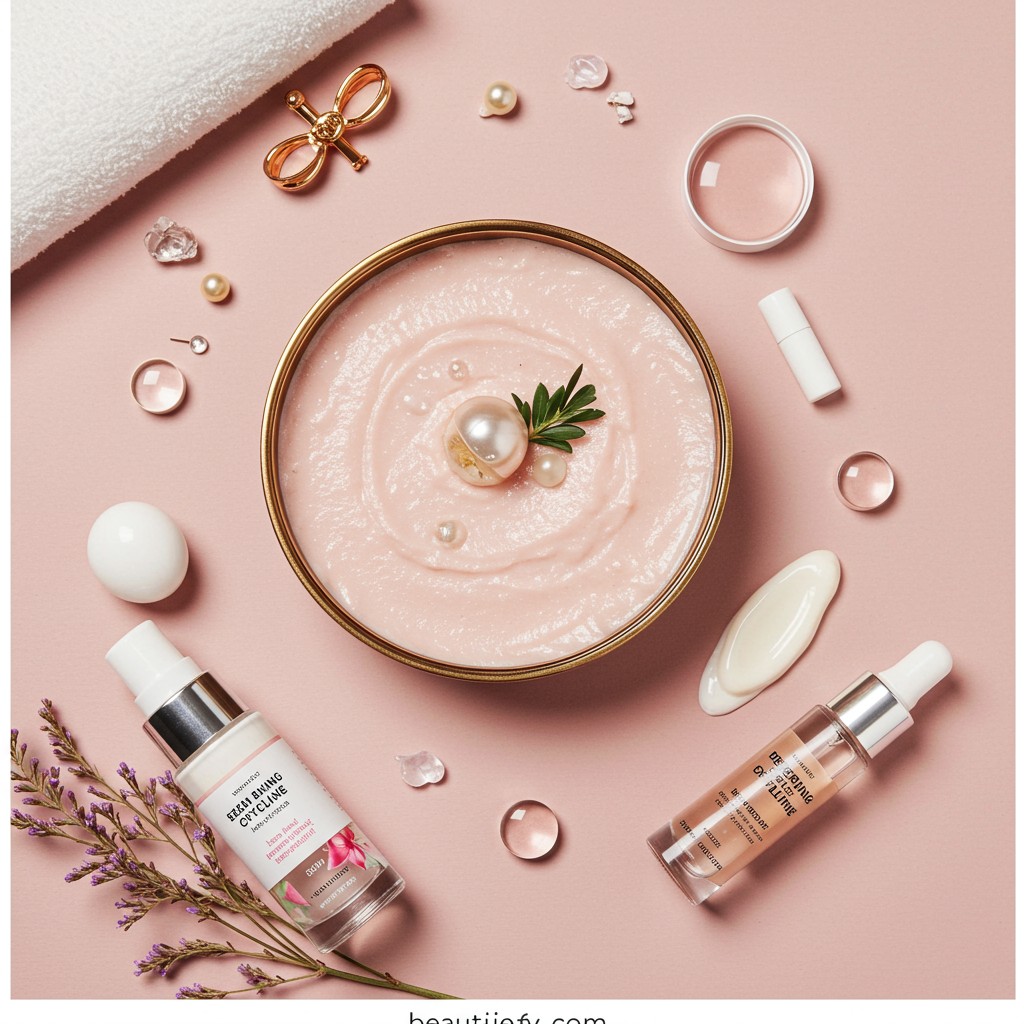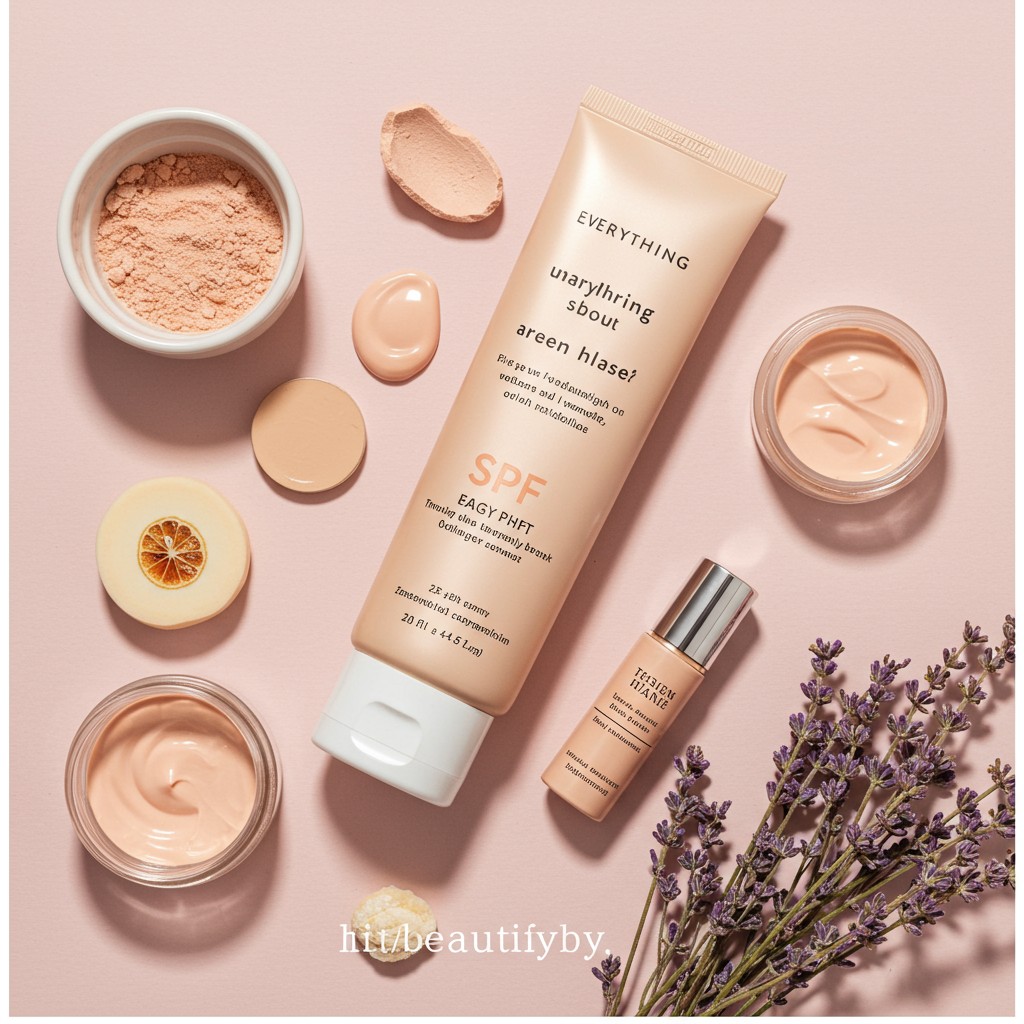The skincare world is full of trends, but every so often, one comes along that is truly revolutionary. Enter skin cycling. This strategic method for applying your nighttime skincare products has taken the internet by storm, and for good reason. It’s designed to deliver fantastic results while minimizing irritation. So, what is skin cycling, and how can you incorporate it into your routine? Let’s dive in.
The concept behind skin cycling
Popularized by dermatologist Dr. Whitney Bowe, skin cycling is a four-night routine that alternates between using active ingredients and allowing for recovery time. The goal is to avoid over-exfoliating and overwhelming your skin barrier, which can lead to sensitivity and inflammation. Instead of bombarding your skin with potent products every single night, you create a deliberate schedule that gives your skin the chance to repair and reset. This approach ensures you get all the benefits of your actives without the damaging side effects.
A typical skin cycling routine
The classic skin cycling routine follows a simple four-night schedule. Here’s how it works:
- Night 1: Exfoliation Night. After cleansing, you apply an exfoliating product. This is typically a chemical exfoliant, like an AHA (glycolic acid, lactic acid) or a BHA (salicylic acid). This step helps to slough off dead skin cells, improve texture, and clear out pores. After the exfoliant, follow up with a simple moisturizer.
- Night 2: Retinoid Night. On the second night, it’s time for a retinoid. This is where you learn how to skin cycle with retinol or a prescription retinoid. These vitamin A derivatives are powerhouses for boosting cell turnover, fighting acne, and reducing signs of aging. After cleansing and drying your skin, apply your retinoid, and finish with a moisturizer.
- Nights 3 and 4: Recovery Nights. These nights are all about rest and repair. After cleansing, you skip the actives and focus on hydration and nourishing your skin barrier. Use gentle, hydrating serums and a rich, supportive moisturizer. This recovery period is crucial for allowing your skin to reap the benefits of the active nights without becoming irritated.
After night four, you simply repeat the cycle starting back at night one.
Why you should try skin cycling
The beauty of this method, as noted by Dr. Whitney Bowe, is its simplicity and effectiveness. It takes the guesswork out of when to use your products. It’s particularly beneficial for those with sensitive skin or anyone who is new to using potent ingredients like chemical exfoliants and retinoids. By building in recovery days, you protect your skin barrier, reduce the risk of irritation, and allow the active ingredients to work more effectively.
Skin cycling is more than just a trend; it’s a thoughtful approach to skincare that prioritizes skin health. It’s about working with your skin, not against it. If you’re ready to build your perfect skin cycling routine, ScentSphere has everything you need, from gentle exfoliants to nourishing recovery creams. You can discover your ideal products in the ScentSphere shop and start your journey to a more balanced, radiant complexion.
What is a typical 4-night skin cycling routine
A common routine is Night 1 exfoliation. Night 2 retinoid. Nights 3 and 4 recovery with hydrating and barrier-supporting products.
Who can benefit most from skin cycling
It is great for those who find active ingredients irritating or for beginners starting with exfoliants and retinoids. It minimizes irritation.
Can I customize the skin cycling routine based on my skin needs
Yes skin cycling is very flexible. You can add more recovery nights if your skin is sensitive or adjust the active ingredients you use.







